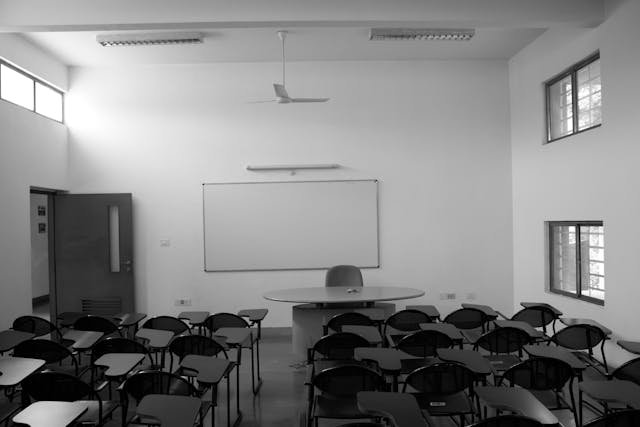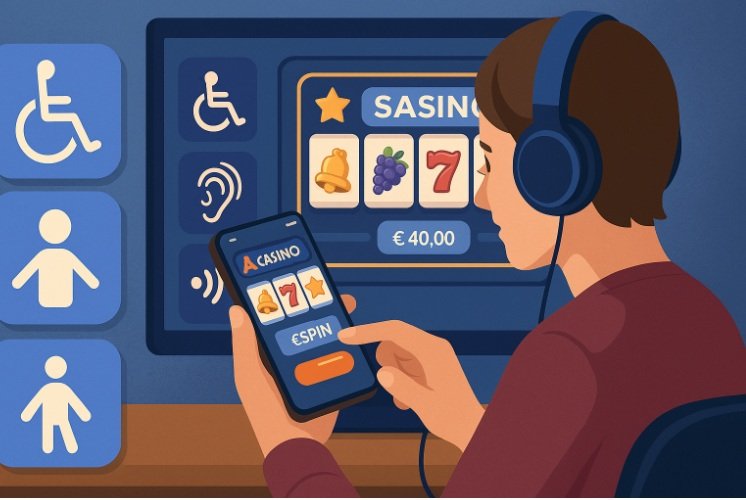
These days, keeping our communities safe means more than locking doors and hiring security guards. Schools and city officials are turning to smarter, tech-driven solutions to stay ahead of threats and protect public spaces. From sensors in school bathrooms to rugged tech on city streets, digital innovation is playing a bigger role than ever before in how we protect people.
And it’s not just about crime prevention. Safety now includes everything from environmental monitoring to preventing harmful behaviors among students, all while keeping systems easy to manage and accessible for city staff or school administrators. Let’s take a closer look at how this shift toward smarter systems is making a real impact on safety—right now, in real ways.
Systems in Schools: More Than Metal Detectors
For decades, school safety has relied on basic measures—cameras in hallways, locked entrances, and maybe a security officer on site. But today’s concerns are different. Schools are dealing with newer, less visible issues like vaping, bullying, and mental health emergencies. That’s where smart technology comes in.
One of the most notable advancements? School vape detectors. These aren’t smoke detectors—they’re specially designed to detect chemicals found in e-cigarettes and vapes. They’re typically placed in school bathrooms or locker rooms—places where surveillance cameras can’t go for privacy reasons. When triggered, these detectors send real-time alerts to school staff, allowing quick intervention.
This kind of response isn’t just about discipline—it can also be a chance to educate students or connect them with health resources. In fact, some vape detectors now come with sound anomaly detection, helping staff respond to potential fights, bullying, or distress calls in places where help might not otherwise be available.
Rugged Tech for Tough Jobs in the City
Outside of schools, cities face a different set of challenges. Monitoring construction sites, transportation hubs, and public service operations requires equipment that can stand up to rough environments—rain, heat, dust, and drops. That’s where rugged monitors and industrial displays come in and can are made more reliable when they are built with a robot servo motor.
These are not your average screens. Rugged monitors are built to withstand extreme conditions while still delivering sharp visuals and responsive touchscreens. They’re often used in city buses, utility trucks, waste management systems, and emergency response units.
Why does this matter for safety? Because it keeps vital data—traffic camera feeds, GPS, weather alerts, system diagnostics—readily accessible to the people who need it, no matter the conditions. If a monitor fails mid-operation, that’s not just an inconvenience—it could delay a response or even cause a public safety risk.
What Else Is Being Used?
Across both schools and city environments, here are some other tools that are helping improve safety every day:
- License Plate Recognition (LPR): Alerts law enforcement when a stolen or suspect vehicle is detected.
- Smart Locks and Entry Systems: Allow secure, time-stamped entry for staff and guests.
- Environmental Sensors: Monitor air quality, temperature, and even water leaks in public buildings.
- Gunshot Detection Systems: Use acoustic sensors to instantly notify authorities of gunfire.
- Emergency Communication Apps: Allow staff or residents to report concerns instantly and anonymously.
All these systems rely on real-time data, automation, and integration with emergency protocols—making responses faster and more precise.
The Power of Preventive Monitoring
The best kind of safety tool is the one that prevents problems before they happen. That’s where data tracking comes into play. Smart systems don’t just alert when something goes wrong—they build patterns over time.
For instance, if a school sees multiple vape detector alerts from the same restroom every week, administrators can investigate further. Maybe it’s a supervision issue. Maybe it’s a hotspot for bullying. That kind of insight helps schools take action in targeted, effective ways.
For cities, traffic analytics can help pinpoint intersections where accidents happen most often. Adjusting light cycles, adding crosswalk signs, or even increasing patrols in those areas can prevent injuries before they occur.
Real-World Impact Backed by Stats
Smart systems aren’t just theoretical—they’re delivering results. In a 2022 report by the National Center for Education Statistics, over 77% of public schools reported using security cameras—and many are upgrading to real-time, AI-supported systems.
As the demand for safety rises, so does the technology to meet it. Schools and cities alike are no longer waiting for problems to happen. They’re using data, automation, and modern tech to predict, prevent, and respond smarter.
Accessibility and Community Trust
One concern that comes up with all this technology is privacy. Understandably, both students and citizens want to know they’re not being watched unfairly or over-monitored. Transparency and clear communication are key here. Schools and cities must explain how these tools work, what data they collect, and how it’s used.
The goal isn’t to turn schools or streets into surveillance zones—it’s to create environments where people feel protected and supported. When tech is used responsibly, it builds trust rather than fear.
Final Thoughts
Smart safety systems are no longer futuristic concepts—they’re here, working every day to make our schools and cities safer. From vape detectors that help keep kids healthy to rugged monitors that support emergency response teams, these tools are part of a new era in public safety. As technology evolves, the potential only grows. And while no system is perfect, one thing’s clear: smarter tools are helping us build safer, stronger communities—one sensor, alert, and monitor at a time.



